mmcartalk
Expert
- Messages
- 4,159
- Reactions
- 2,675
MM Retro-Write-Up: 1971-73 Boat-Tail Buick Riviera

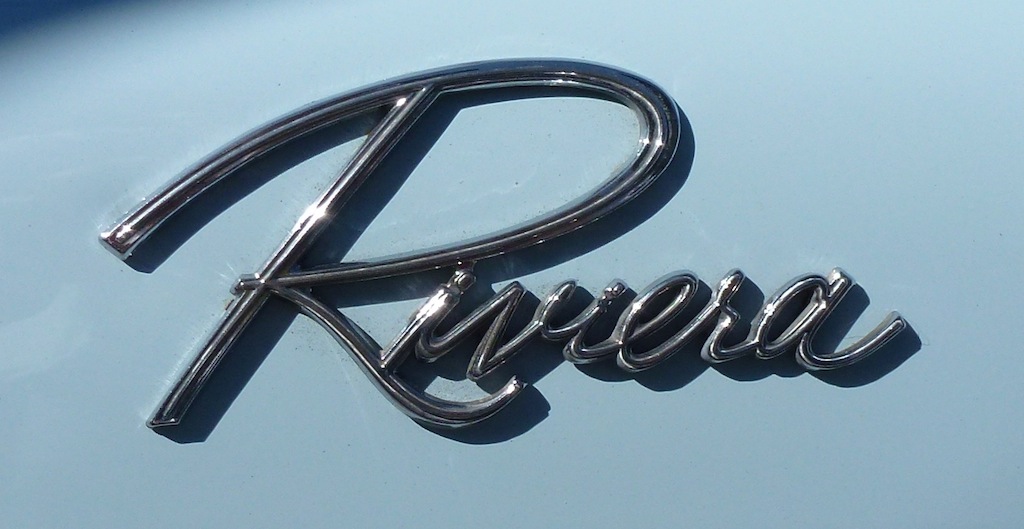

^^^^ (Here's an old ad-image)
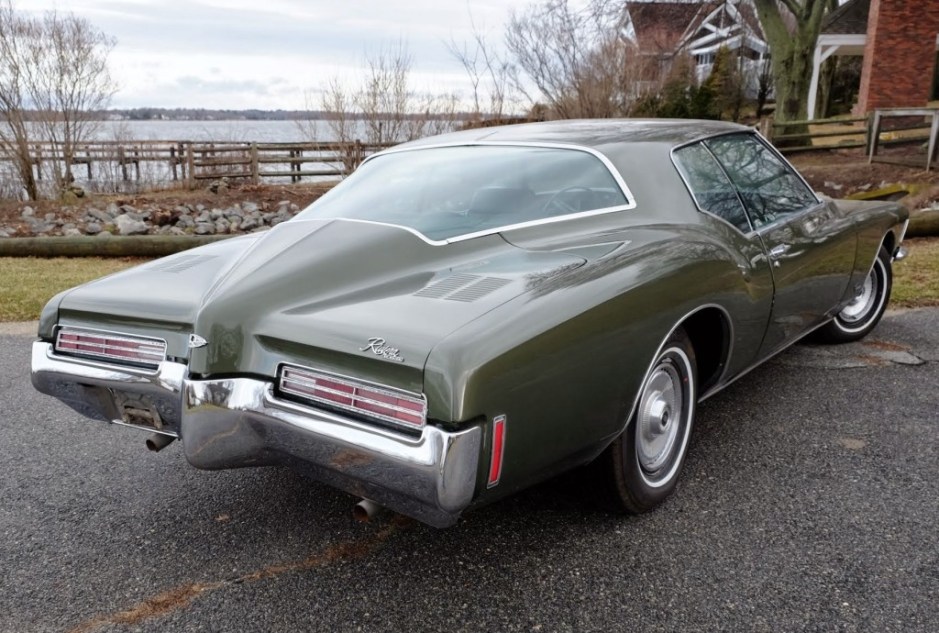


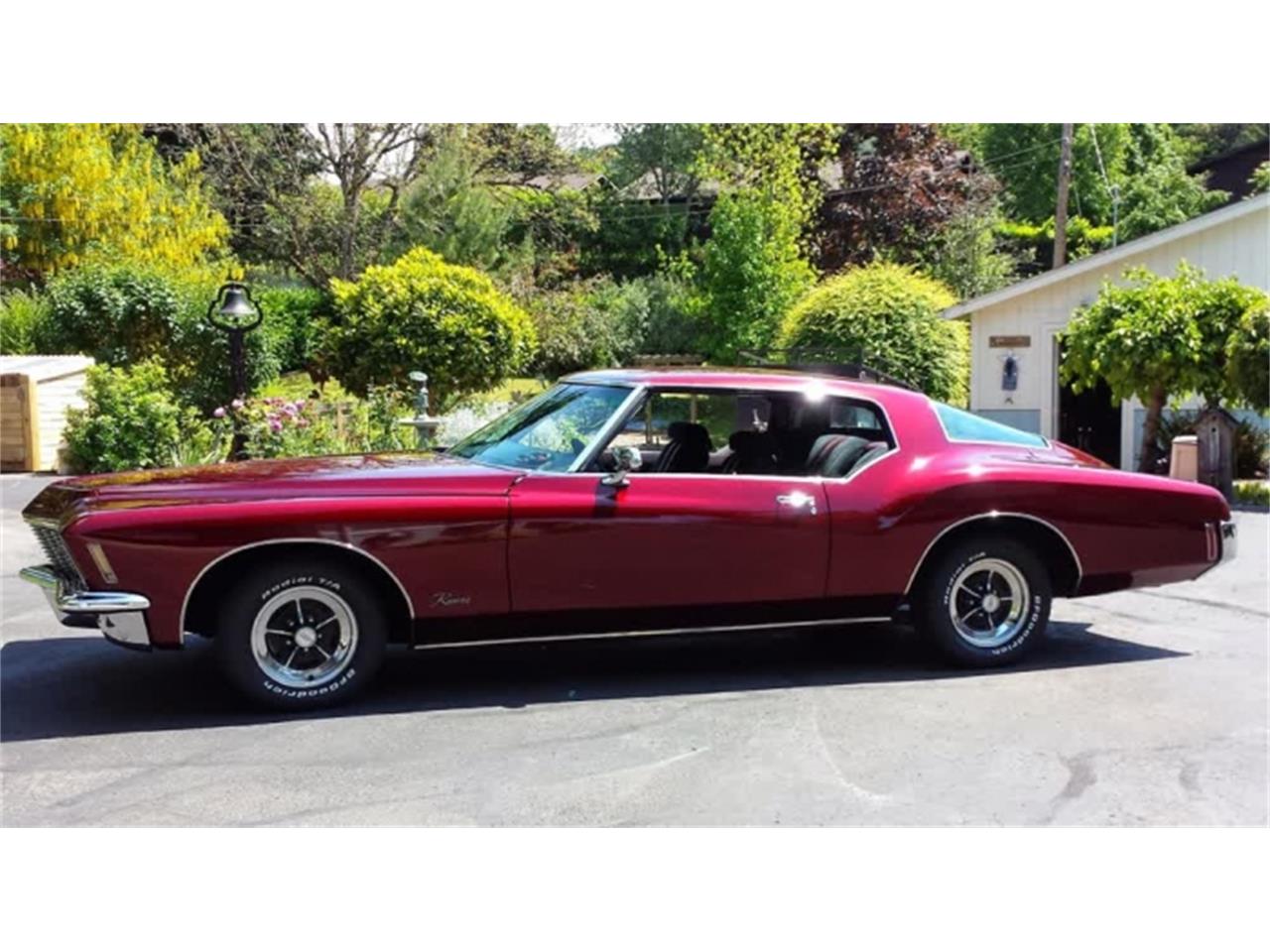
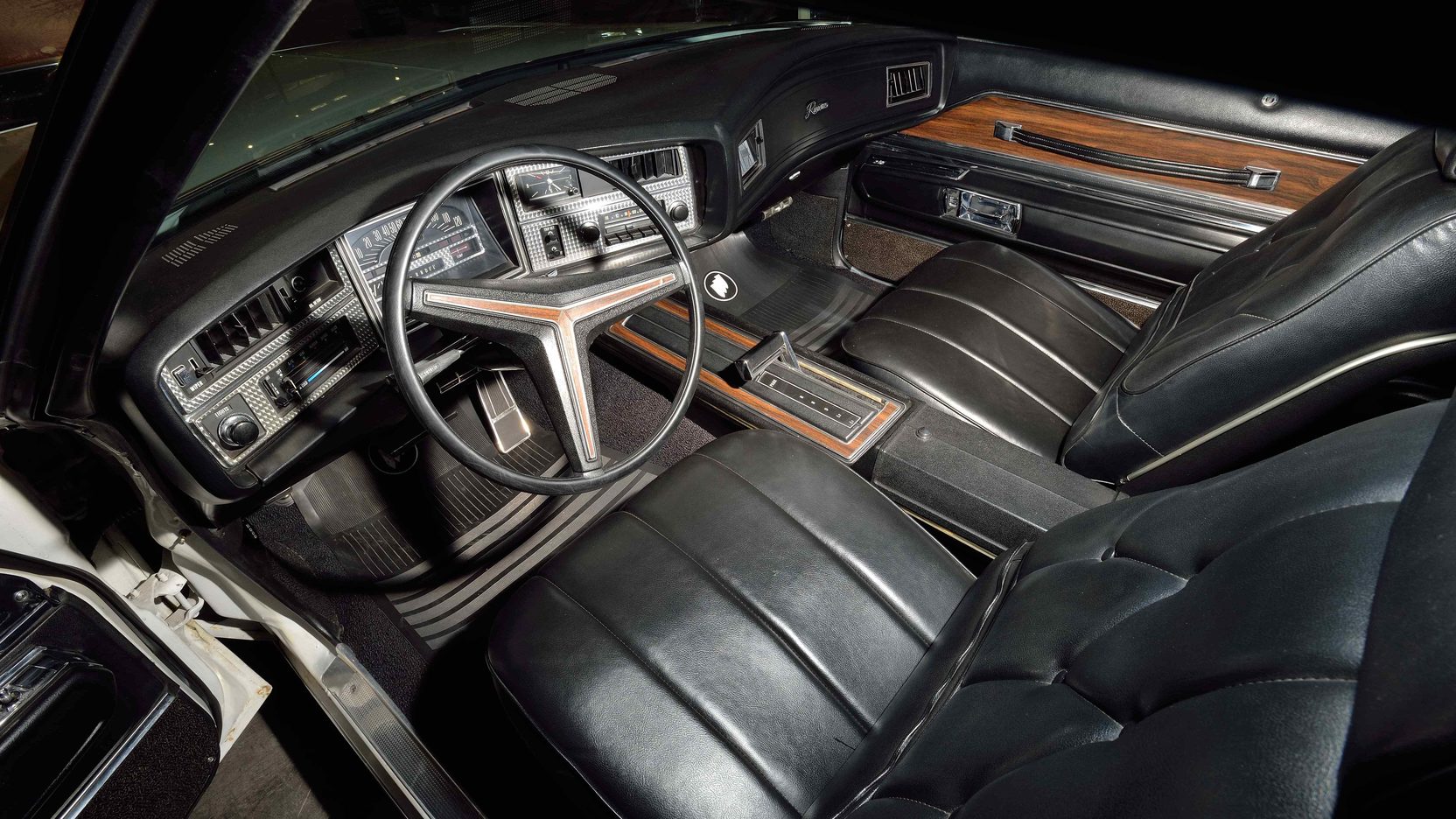
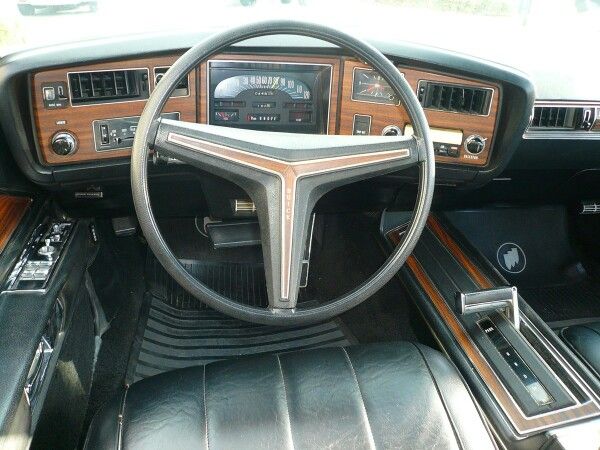
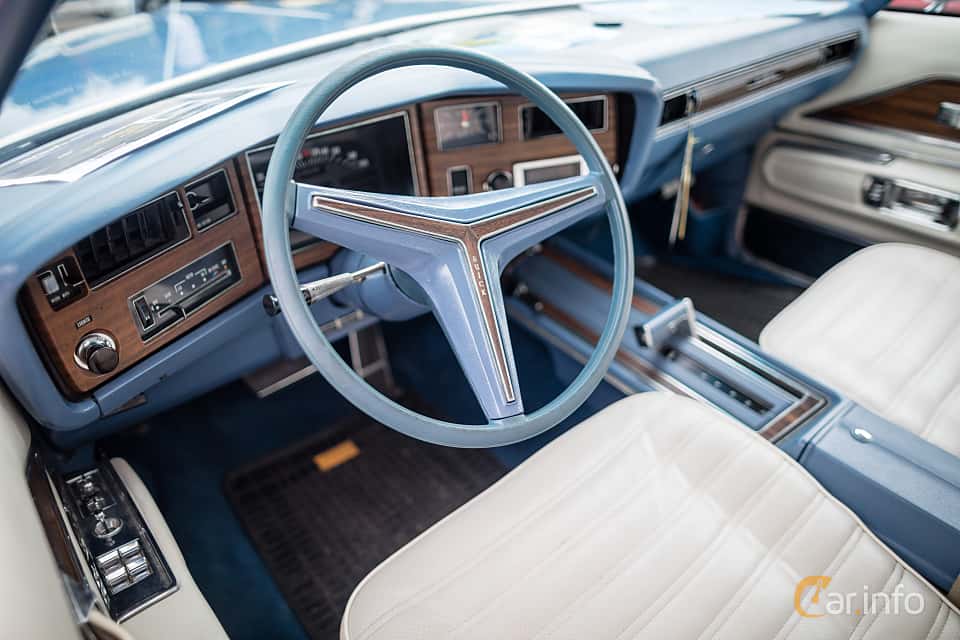
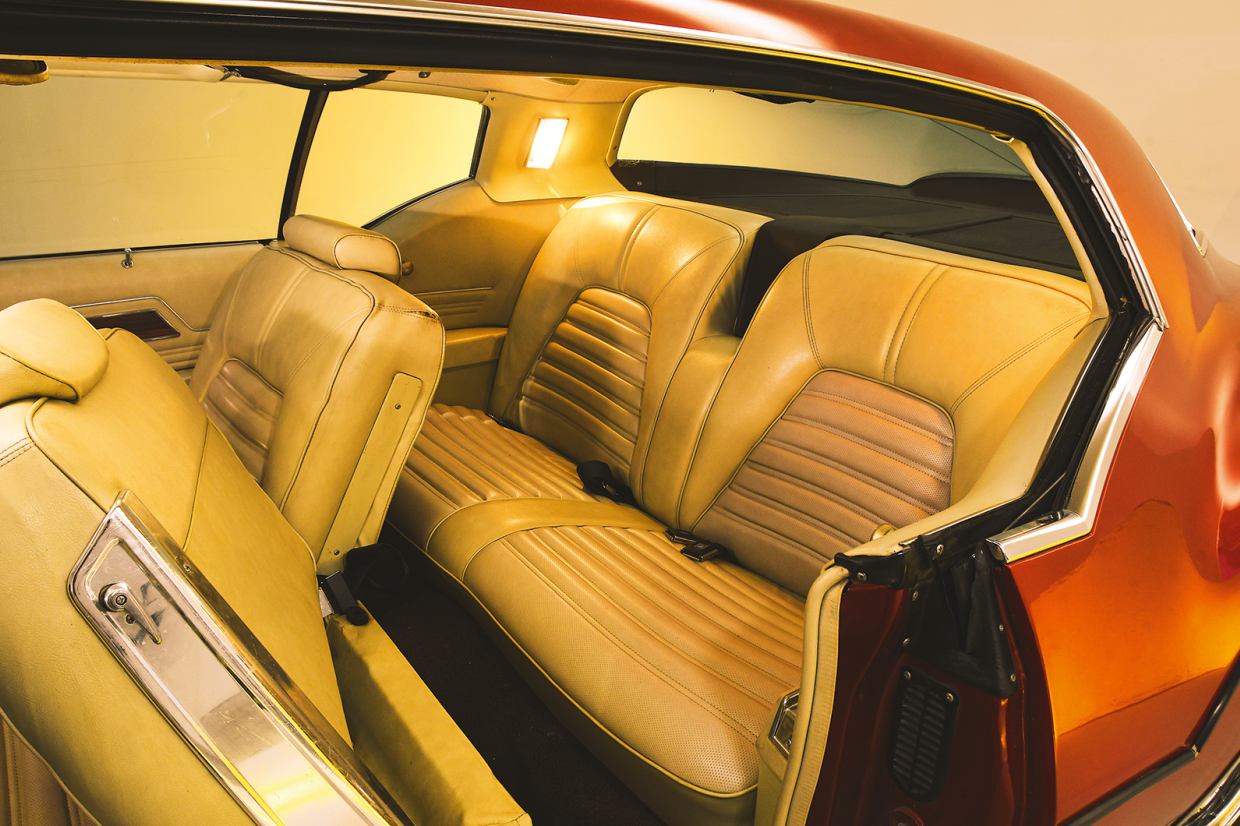
IN A NUTSHELL: Arguably the most dramatic Buick of all.
In the annals of Buick history, many fans and auto-historians feel that the 80s-vintage Grand-National and related GNX models were the most dramatic and iconic Buicks ever built…..even though they weren’t necessarily any faster from 0-60 or in the quarter-mile than the late-60s-vintage GS / GS-X / Stage-One Buick muscle-cars with the 400 c.i. (6.6L) and 455 c.i. (7.5L) V8s and Hurst 4-speed transmissions. Plus, the 80s-vintage Grand-Nationals and GNX’s were all painted a single monochrome color (usually black) with little in the way of rim or graphics, whereas the 60s-vintage Buick muscle-cars had a lot more to offer in the way of color and graphics, particularly the 1970 versions.
Sorry, Buick muscle-car fans, but I never really drank any of the Grand National’s Kool-Aid, and, still don’t even today, 30-40 years later….it just never was my cup of tea. And, as for the late-60s Buick muscle-cars, I thought the sister Pontiac GTO versions, which were based on the same platform and Fisher-Body shell, were much better done with their Endura-material front ends and interiors…particularly the excellent 1970 GTO…though both the ’70 GTO Judge and ’70 Buick GSX had some pretty nice graphics to them.
Well, anyway, this write-up is not about Buick muscle-cars, but about the vehicle that, IMO, at least, actually WAS the most dramatic Buick of all time.…the famous Boat-Tail 1971-73 Riviera, whose rear end took some cues from the also-famous Boat-Tail Auburns/Cords/Dusenbergs of the 1930s…the Auburn version was called the Speedster. Back in the early 70s, of course, you didn’t have the constant news-cycle, Internet, forum-posting, social-media, widespread-distribution of spy-photos, etc….that proceeded the introduction of new vehicles, so that those new vehicles were usually unveiled with a lot of hoopla from an previously-uninformed public.
That’s exactly what happened with the Boat-Tail Riviera…from what I remember, one of GM’s most carefully-guarded secrets, and the reaction of the public and media to it was about what you would have expected….a lot of the same hoopla that accompanied the unveiling of the slick Jaguar XKE a decade earlier. The Riviera, of course, was not a cheap car, and simply having dramatic styling did not guarantee a lot of sales, but there is little doubt that the new design did open a lot of eyes.
GM had introduced the personal-luxury Riviera, in 1963, as a competitor to Ford’s hot-selling Thunderbird coupe…..the Thunderbird did not have a sedan-option until 1967, and the Riviera never was a four-door. The Riviera was considered a success, although it never sold in the T-Bird’s numbers. The Riviera, initially, was less-dramatic-looking than the T-Bird (which, of course, was to change in 1971), and lacked some of the unusual features of the T-Bird, like the swing-away steering-column for easy entry/exit, color-fluid-filled horizontal speedometer, and uniquely-shaped (if cramped) rear seats. The Thunderbird, from what I remember, also had much better paint, a more-solid (though heavier) unitized body, a more solidly-built engine, and excellent front power-disc brakes…Ford was way ahead of GM in both brakes and paint-quality back then. Conversely, the Riviera had a better automatic transmission (Buick 3-speed Super-Turbine-400 automatics, back then, were durable and considered the industry’s smoothest….Rolls-Royce used them), better handling (T-Birds wallowed and plowed like a steamship), better interior fit/finish, and more room in the rear seats.
First-generation Rivieras were a hit, but the Second-generation models that followed, in 1966, were somewhat less of an impact, a little more Ho-Hum in their execution, and, unlike the sisters Oldsmobile Toronado and Cadillac Eldorado that also debuted that year, did not convert to FWD, keeping the former RWD layout. The old “nailhead” V8s were replaced with a new 430 c.i. (7.0L) V8, and the new transmissions were now the same as the rest of the GM divisions…the Turbo-Hydra-Matic 400.
Personally, as a teen-ager (and, believe me, I was not typical of my peers, and got ribbed for this LOL), I preferred the large Buick Electra 225 sedan and similar large American luxo-barges over the Riviera and sport-oriented vehicles. So, to some extent at least, I really didn’t know what I was missing with the two-door Rivieras, though I got a chance to test-drive a few of them here and there, since the boyfriend of one of my classmate’s mom ran a used-car lot….and he trusted my generally careful driving. Typically, they drove like most other full-sized Buicks (smooth, quiet, refined, lots of torque) except with slightly more sport-orientation in the instrument panel and slightly better handling.
Buick really tossed out its conservative rule-book, though, when the all-new Third-Generation Riviera was introduced in the fall of 1970 as a 1971 model. The swept-forward nose/cowl/grille/headlights, classic boat-tail rear end, and the large rear window, really took the auto-world by surprise. The large rear window, in physical size, was not as big as the one on the 1964-66 Plymouth Barracuda, but that First-Generation Barracuda, unlike the 1971 Riviera, was really just a somewhat styled Valiant compact, didn’t have the dramatic lines (except for a large rear glass area), and lacked high-performance engines. The Riviera came standard with Buick’s largest engine…the big 455 c.i. (7.2L) V8, although in 1971, horsepower and torque levels started to drop in most American engines (as also, in some cases, cold-engine drivability) as automakers started responding to new emission-standards. That general worsening of power, drivability, and heat build-up in the engines (from retarded spark-timing) was to get worse and worse for the next several years, as emissions-standards tightened and engines got more and more choked. In 1975, the addition of catalysts and unleaded fuel helped somewhat, but only temporarily. In 1973, the new 5-MPH bumper-standard also had the front and rear-ends of many vehicles (including the Riviera) looking like battering-rams.
My major complaint, though, on the big 1971 GM cars, including the Riviera, was not so much the engines as it was a major quality-drop in build-quality and materials. This was a period of major inflation in the U.S. economy, which traces its source to several political and military reasons (it got bad enough that the Nixon Administration enacted wage/price controls), and automakers, GM in particular, cut way back on costs in the material quality of their vehicles. The 1971 full-size GM cars, despite the Riviera’s dramatic new styling, were noticeably cheaper in sheet-metal, interior-trim materials, door-closings, and even in the seats you sat in, than the 1970 models. I read somewhere (don’t remember exactly the source…probably the IIHS) where tests showed the 1971 full-size GM cars to be, on the average, 33% more prone to impact-damage than the 1970…the drop in build-solidness was that big. And I didn’t need the test to tell me that….even as a young kid, I could tell it from the moment I first sat in one. The solid and precisely-finished GM Body by Fisher of the 1960s, with the thunk-door closings and mirror-smooth bodywork, was replaced by thinner, poorly-finished sheetmetal and doors that, upon closing, made a cheap poof-sound, with the glass in some of them rattling if it was a hardtop and did not have sedan-type pillars to hold the glass.
So, the quality was definitely down in 1971, but that made little difference to the new Riviera’s dramatic looks. New domestic subcompacts (Pinto, Vega, Gremlin) were introduced that year as well, but the attention of most Americans was still on big cars…..and would remain so until the Arab/OPEC oil-embargo of 1973/74, which forever changed the auto world as we knew it. Subsequent 1972/73 Rivieras toned down the styling of the boat-tail slightly, as it was thought that the 1971 had maybe been too radical for some tastes, and, in 1974, an all-new Fourth-Generation Riviera was introduced that was considerably more subdued, more in line with the four-door Electra sedans, and addressed some of the quality-shortcomings of the 1971s. The Riviera would not convert to FWD until the late 1970s, when its styling had grown even more conservative.
The Eight-Generation (1995) Riviera also introduced a somewhat polarizing and dramatic body-style, with a large oval front-end, but, by then, large personal-luxury coupes in the Riviera’s class where declining in popularity, and, among with Lincoln’s Mark-Series coupes, would be on the way out in the next few of years. Since then, of course, most of the U.S. auto-industry has gradually been taken over by the truck and SUV market. So, to me, the original 1963 and the classic and dramatic 1971 Boat-Tail will always be THE Rivieras to remember….and a lot of auto-historians seem to agree.
And, as Always, Happy Car-Memories

MM

DRIVING IS BELIEVING



^^^^ (Here's an old ad-image)








IN A NUTSHELL: Arguably the most dramatic Buick of all.
In the annals of Buick history, many fans and auto-historians feel that the 80s-vintage Grand-National and related GNX models were the most dramatic and iconic Buicks ever built…..even though they weren’t necessarily any faster from 0-60 or in the quarter-mile than the late-60s-vintage GS / GS-X / Stage-One Buick muscle-cars with the 400 c.i. (6.6L) and 455 c.i. (7.5L) V8s and Hurst 4-speed transmissions. Plus, the 80s-vintage Grand-Nationals and GNX’s were all painted a single monochrome color (usually black) with little in the way of rim or graphics, whereas the 60s-vintage Buick muscle-cars had a lot more to offer in the way of color and graphics, particularly the 1970 versions.
Sorry, Buick muscle-car fans, but I never really drank any of the Grand National’s Kool-Aid, and, still don’t even today, 30-40 years later….it just never was my cup of tea. And, as for the late-60s Buick muscle-cars, I thought the sister Pontiac GTO versions, which were based on the same platform and Fisher-Body shell, were much better done with their Endura-material front ends and interiors…particularly the excellent 1970 GTO…though both the ’70 GTO Judge and ’70 Buick GSX had some pretty nice graphics to them.
Well, anyway, this write-up is not about Buick muscle-cars, but about the vehicle that, IMO, at least, actually WAS the most dramatic Buick of all time.…the famous Boat-Tail 1971-73 Riviera, whose rear end took some cues from the also-famous Boat-Tail Auburns/Cords/Dusenbergs of the 1930s…the Auburn version was called the Speedster. Back in the early 70s, of course, you didn’t have the constant news-cycle, Internet, forum-posting, social-media, widespread-distribution of spy-photos, etc….that proceeded the introduction of new vehicles, so that those new vehicles were usually unveiled with a lot of hoopla from an previously-uninformed public.
That’s exactly what happened with the Boat-Tail Riviera…from what I remember, one of GM’s most carefully-guarded secrets, and the reaction of the public and media to it was about what you would have expected….a lot of the same hoopla that accompanied the unveiling of the slick Jaguar XKE a decade earlier. The Riviera, of course, was not a cheap car, and simply having dramatic styling did not guarantee a lot of sales, but there is little doubt that the new design did open a lot of eyes.
GM had introduced the personal-luxury Riviera, in 1963, as a competitor to Ford’s hot-selling Thunderbird coupe…..the Thunderbird did not have a sedan-option until 1967, and the Riviera never was a four-door. The Riviera was considered a success, although it never sold in the T-Bird’s numbers. The Riviera, initially, was less-dramatic-looking than the T-Bird (which, of course, was to change in 1971), and lacked some of the unusual features of the T-Bird, like the swing-away steering-column for easy entry/exit, color-fluid-filled horizontal speedometer, and uniquely-shaped (if cramped) rear seats. The Thunderbird, from what I remember, also had much better paint, a more-solid (though heavier) unitized body, a more solidly-built engine, and excellent front power-disc brakes…Ford was way ahead of GM in both brakes and paint-quality back then. Conversely, the Riviera had a better automatic transmission (Buick 3-speed Super-Turbine-400 automatics, back then, were durable and considered the industry’s smoothest….Rolls-Royce used them), better handling (T-Birds wallowed and plowed like a steamship), better interior fit/finish, and more room in the rear seats.
First-generation Rivieras were a hit, but the Second-generation models that followed, in 1966, were somewhat less of an impact, a little more Ho-Hum in their execution, and, unlike the sisters Oldsmobile Toronado and Cadillac Eldorado that also debuted that year, did not convert to FWD, keeping the former RWD layout. The old “nailhead” V8s were replaced with a new 430 c.i. (7.0L) V8, and the new transmissions were now the same as the rest of the GM divisions…the Turbo-Hydra-Matic 400.
Personally, as a teen-ager (and, believe me, I was not typical of my peers, and got ribbed for this LOL), I preferred the large Buick Electra 225 sedan and similar large American luxo-barges over the Riviera and sport-oriented vehicles. So, to some extent at least, I really didn’t know what I was missing with the two-door Rivieras, though I got a chance to test-drive a few of them here and there, since the boyfriend of one of my classmate’s mom ran a used-car lot….and he trusted my generally careful driving. Typically, they drove like most other full-sized Buicks (smooth, quiet, refined, lots of torque) except with slightly more sport-orientation in the instrument panel and slightly better handling.
Buick really tossed out its conservative rule-book, though, when the all-new Third-Generation Riviera was introduced in the fall of 1970 as a 1971 model. The swept-forward nose/cowl/grille/headlights, classic boat-tail rear end, and the large rear window, really took the auto-world by surprise. The large rear window, in physical size, was not as big as the one on the 1964-66 Plymouth Barracuda, but that First-Generation Barracuda, unlike the 1971 Riviera, was really just a somewhat styled Valiant compact, didn’t have the dramatic lines (except for a large rear glass area), and lacked high-performance engines. The Riviera came standard with Buick’s largest engine…the big 455 c.i. (7.2L) V8, although in 1971, horsepower and torque levels started to drop in most American engines (as also, in some cases, cold-engine drivability) as automakers started responding to new emission-standards. That general worsening of power, drivability, and heat build-up in the engines (from retarded spark-timing) was to get worse and worse for the next several years, as emissions-standards tightened and engines got more and more choked. In 1975, the addition of catalysts and unleaded fuel helped somewhat, but only temporarily. In 1973, the new 5-MPH bumper-standard also had the front and rear-ends of many vehicles (including the Riviera) looking like battering-rams.
My major complaint, though, on the big 1971 GM cars, including the Riviera, was not so much the engines as it was a major quality-drop in build-quality and materials. This was a period of major inflation in the U.S. economy, which traces its source to several political and military reasons (it got bad enough that the Nixon Administration enacted wage/price controls), and automakers, GM in particular, cut way back on costs in the material quality of their vehicles. The 1971 full-size GM cars, despite the Riviera’s dramatic new styling, were noticeably cheaper in sheet-metal, interior-trim materials, door-closings, and even in the seats you sat in, than the 1970 models. I read somewhere (don’t remember exactly the source…probably the IIHS) where tests showed the 1971 full-size GM cars to be, on the average, 33% more prone to impact-damage than the 1970…the drop in build-solidness was that big. And I didn’t need the test to tell me that….even as a young kid, I could tell it from the moment I first sat in one. The solid and precisely-finished GM Body by Fisher of the 1960s, with the thunk-door closings and mirror-smooth bodywork, was replaced by thinner, poorly-finished sheetmetal and doors that, upon closing, made a cheap poof-sound, with the glass in some of them rattling if it was a hardtop and did not have sedan-type pillars to hold the glass.
So, the quality was definitely down in 1971, but that made little difference to the new Riviera’s dramatic looks. New domestic subcompacts (Pinto, Vega, Gremlin) were introduced that year as well, but the attention of most Americans was still on big cars…..and would remain so until the Arab/OPEC oil-embargo of 1973/74, which forever changed the auto world as we knew it. Subsequent 1972/73 Rivieras toned down the styling of the boat-tail slightly, as it was thought that the 1971 had maybe been too radical for some tastes, and, in 1974, an all-new Fourth-Generation Riviera was introduced that was considerably more subdued, more in line with the four-door Electra sedans, and addressed some of the quality-shortcomings of the 1971s. The Riviera would not convert to FWD until the late 1970s, when its styling had grown even more conservative.
The Eight-Generation (1995) Riviera also introduced a somewhat polarizing and dramatic body-style, with a large oval front-end, but, by then, large personal-luxury coupes in the Riviera’s class where declining in popularity, and, among with Lincoln’s Mark-Series coupes, would be on the way out in the next few of years. Since then, of course, most of the U.S. auto-industry has gradually been taken over by the truck and SUV market. So, to me, the original 1963 and the classic and dramatic 1971 Boat-Tail will always be THE Rivieras to remember….and a lot of auto-historians seem to agree.
And, as Always, Happy Car-Memories

MM

DRIVING IS BELIEVING

Last edited:
